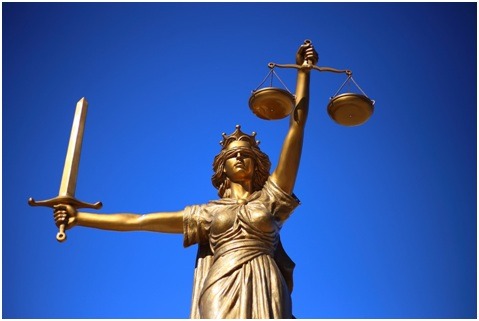Bail in the United States
In the U.S. justice system, the concept of bail is intertwined with the principle that an individual is presumed innocent until proven guilty. This article provides an overview of bail in the U.S., its history, how it works, the controversies surrounding it, and ongoing debates about reform
1. What is Bail?

Bail in the United States is a set amount of money that a defendant must pay to be released from custody while awaiting trial. The primary purpose of bail is to ensure that the defendant returns to court for their trial and subsequent proceedings. If the defendant shows up to all court dates, the bail amount is refunded, minus any administrative fees. If not, the defendant forfeits the amount, and an arrest warrant is issued.
2. History of Bail in the U.S.
The idea of bail originates from medieval England. When the U.S. was colonized, the English common law practice of bail was adopted and integrated into the American legal system. The U.S. Constitution also touches upon bail:
- The Eighth Amendment guarantees protection against demanding excessively high bail.
- The Bail Reform Act of 1966 and its 1984 revision have further shaped modern bail practices, prioritizing the safety of the community when determining bail.
3. How is Bail Determined?
Judges often set bail during a defendant’s initial court appearance. Factors considered include:
- The nature and severity of the crime.
- The defendant’s criminal history.
- The defendant’s ties to the community.
- The risk of the defendant fleeing. Some jurisdictions use bail schedules that specify amounts for common crimes. However, the judge usually has the discretion to raise or lower the amount based on the circumstances.
4. Controversies Surrounding Bail
In recent years, bail in the United States system has faced heightened examination and critique. Concerns include:
- Economic Inequalities: Critics argue that the bail system disadvantages the poor. Those who cannot afford bail must either remain in jail or turn to bail bond agents, who charge a fee.
- Overcrowding of Jails: Many individuals in jails are there simply because they cannot afford bail, contributing to overcrowding.
- Public Safety Concerns: Some argue that wealthy individuals can easily post bail, even for serious crimes, potentially putting the public at risk.
5. Bail Reform
Many advocates are pushing for bail reform, suggesting alternatives to the cash bail system. Proposals include:
- Risk Assessment Tools: Using algorithms and data to determine the risk a defendant poses to society and the likelihood they will return to court.
- Pretrial Services: Providing supervision or reminders to ensure defendants return to court.
- Elimination of Cash Bail: Some jurisdictions, like Washington, D.C., have largely eliminated cash bail, relying more on the assessment of a defendant’s risk.
